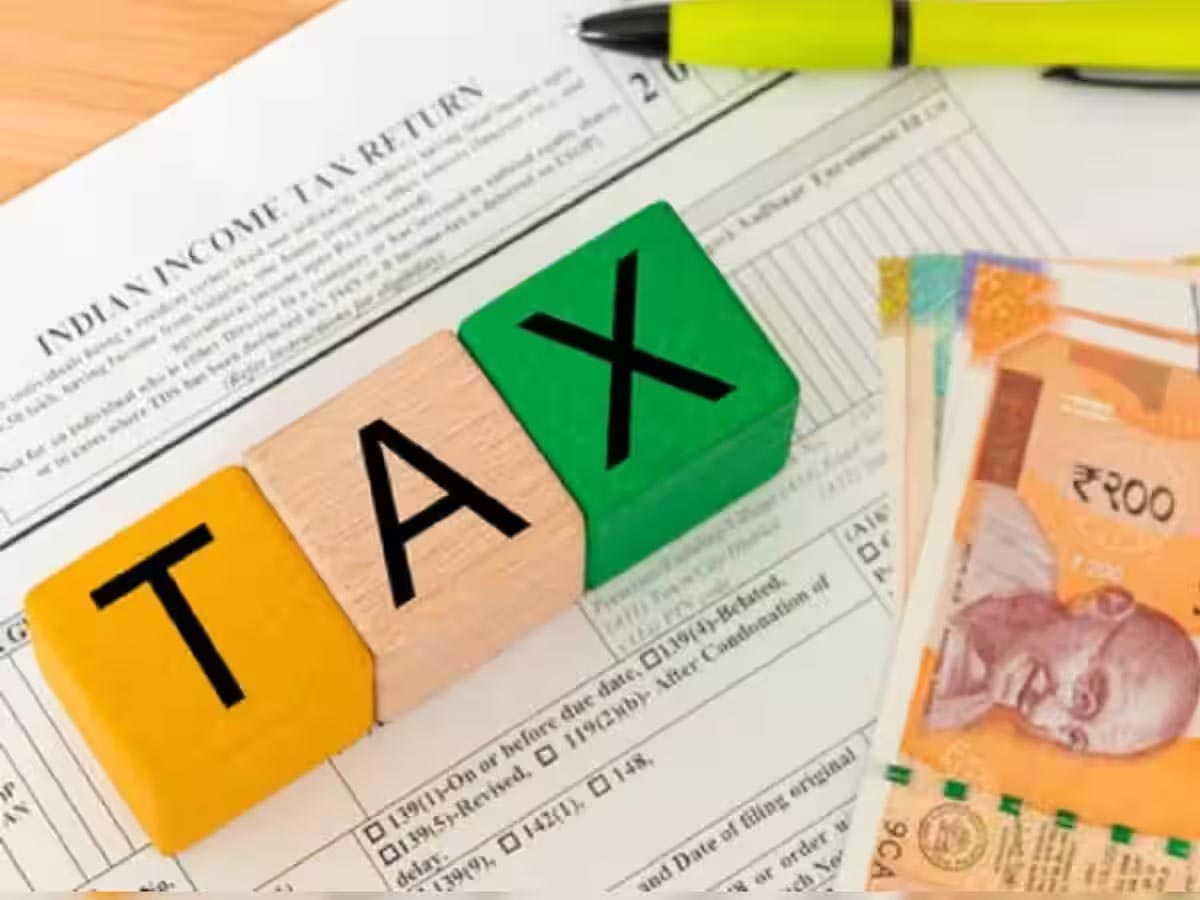ITR: What is a Tax Demand Notice? How to reply to it?
In case there are any mismatches in the details or total tax liability, an 'outstanding tax demand' notice is issued by the department to taxpayers. A demand notice is issued under Section 156 of the I-T Act if any demand arises for interest, penalty, fine or any other sum.
)
Income Tax Returns are to be mandatorily filed every year for every financial year by those individuals whose annual income exceeds the exemption limit. The deadline for filing ITR for financial year 2022-23 (AY 2023-24) was July 31, 2023.
After the returns are filed, the tax declarations are scrutinised by the Income Tax Department officials. In case there are any mismatches in the details, an 'outstanding tax demand' notice is issued by the department. If you receive a tax demand notice it’s necessary to respond to the notice within the due date to avoid penal or even legal actions.
Before knowing about the steps to respond to an Income Tax demand notice, let us know the important aspects about it.
What is a Tax Demand Notice?
Even after filing the Income Tax Returns within the due date, there are chances to receive a notice from the I-T Department, seeking a proper response from taxpayers. This mainly happens when the details in the returns contradict the assessment made by the income tax officer.
The notice is issued under various Sections including Section 143(1), Section 143(2) for Scrutiny and Section 148 of Income Tax Act, 1961 for not reporting a portion of income or underreporting.
Notice Under Section 245 can be issued regarding off-setting of refunds against remaining tax payable.
A demand notice is issued under Section 156 of the I-T Act if any demand arises for interest, penalty, fine or any other sum.
How to respond to a Tax Demand Notice?
Taxpayers can visit the Income Tax Department's website to provide relevant responses to such demand notices. Here are the steps to reply to a demand notice:
1. Visit the official website and login to the e-filing portal at www.incometaxindiaefiling.gov.in
2. Click on 'Pending Actions' and select 'Response to Outstanding Demand' to view a list of outstanding demands.
3. Next, click on 'Submit Response' and select their respective response on the basis of the scenario.
According to the department, taxpayers are given the following options:
1. Demand is correct: On choosing 'Demand is correct', you need to click on the 'Submit' button to 'Confirm' and complete the response submission process.
2. Demand is partially correct: On choosing 'Demand is partially correct', you need to enter the 'Amount which is correct' and the 'Amount which is incorrect' will be auto-filled.
3. Disagree with demand: On choosing 'Disagree with demand', you need to select the appropriate reasons from the list and fill in all the applicable fields, upload the necessary supporting documents, and 'Submit' the response.
4. Demand is not correct but agree for adjustment: On choosing 'Demand is not correct but agree for adjustment', select the appropriate reasons from the list and fill in all the applicable fields, upload the necessary supporting documents, and 'Submit' the response.
Get Latest Business News, Stock Market Updates and Videos; Check your tax outgo through Income Tax Calculator and save money through our Personal Finance coverage. Check Business Breaking News Live on Zee Business Twitter and Facebook. Subscribe on YouTube.
RECOMMENDED STORIES
08:46 PM IST











 Hidden charges on SBI ATM cards: Is your money disappearing quietly?
Hidden charges on SBI ATM cards: Is your money disappearing quietly? Latest personal loan interest rates for SBI, PNB, Bank of Baroda, HDFC bank and ICICI bank
Latest personal loan interest rates for SBI, PNB, Bank of Baroda, HDFC bank and ICICI bank 8 post office investment schemes that offer over 7% guaranteed return
8 post office investment schemes that offer over 7% guaranteed return Millennials turning towards new-age investment instrument fractional investing: Report
Millennials turning towards new-age investment instrument fractional investing: Report  Income Tax: How are e-filing and e-payment of taxes different? Know details here
Income Tax: How are e-filing and e-payment of taxes different? Know details here